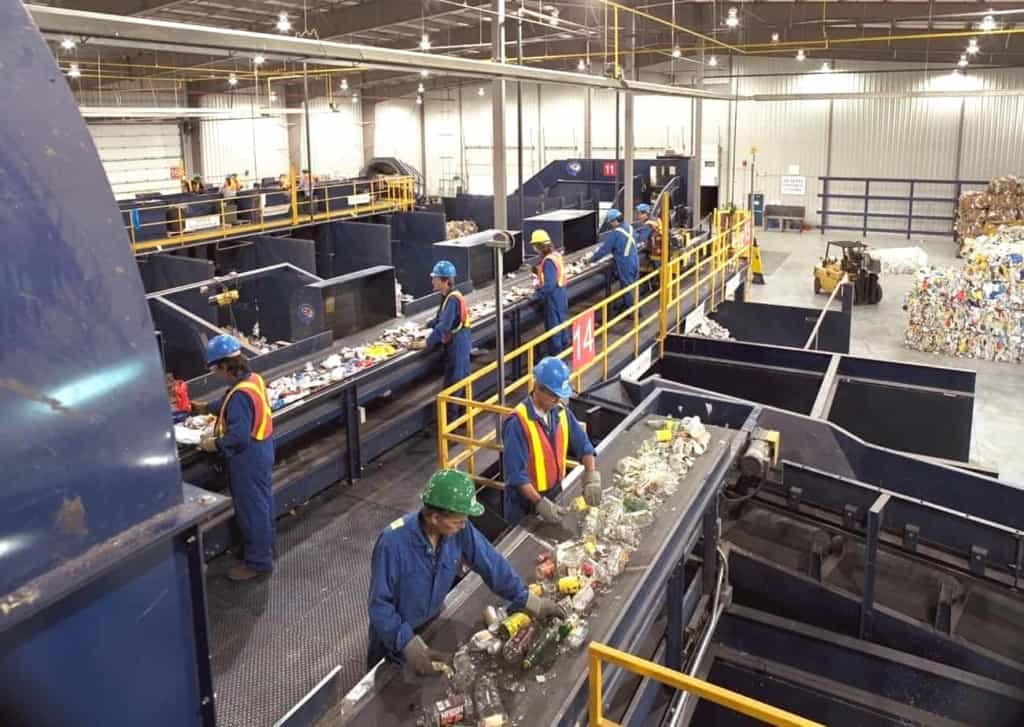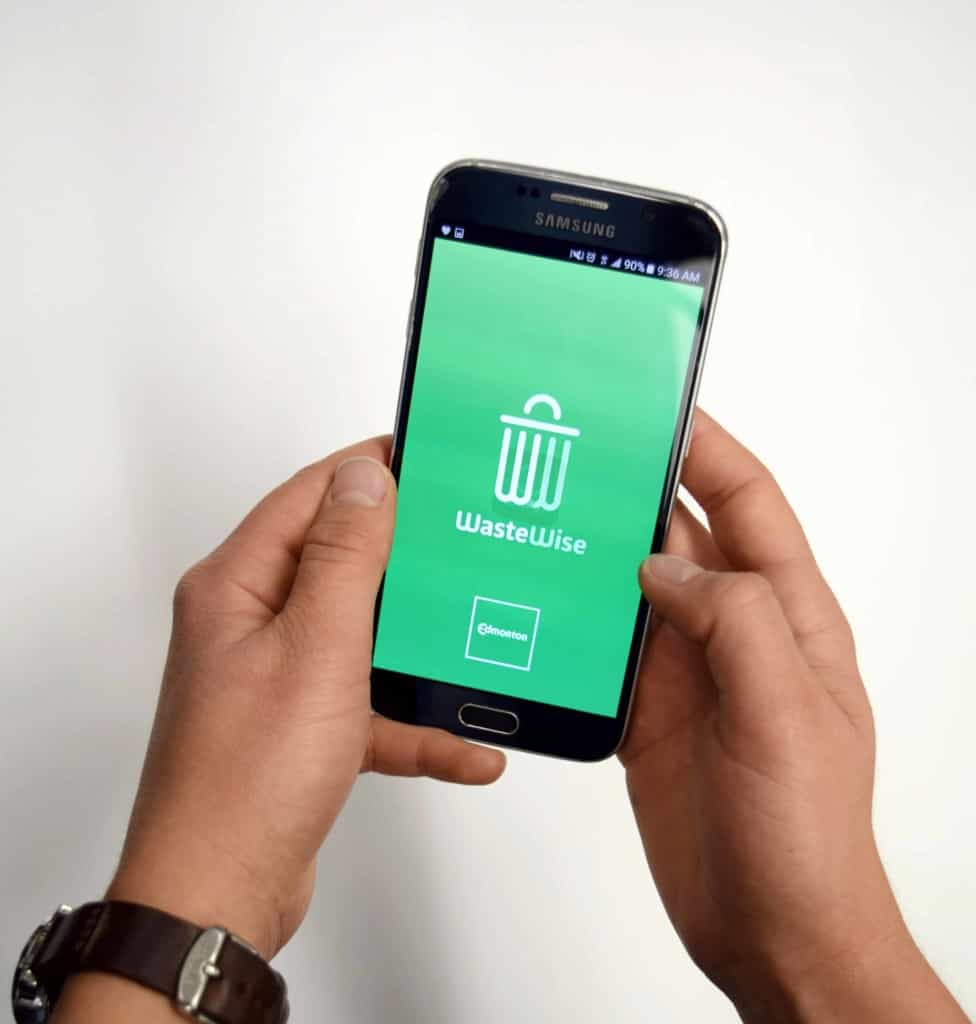Taking the next steps in waste management
In February, city auditors revealed to the city’s utility committee that Edmontonians are not the champions of diverting waste that we thought we were.
It’s long been the city’s goal to divert 90 per cent of residential waste, but we’re nowhere near that number.
According to the city auditor, “We calculated the amount of waste coming to the Edmonton Waste Management Centre that is diverted from landfills in the past five years and found it is trending down. With the highest diversion rate in 2013 at 49.5 percent and the lowest in 2016 at 35.7 percent.”
Once the Anaerobic Digestion Facility and the Waste to Biofuels Facility are running, about 72 per cent of residential waste could be diverted. The Anaerobic Digestion Facility will begin operating by mid-year, while the timeline for the Waste to Biofuel Facility operations is being determined.
“Some of the systems we have in place are the first of their kind in the world, and require an operational roll out in phases to reach full efficiency,” said Waste Services staff.
In the meantime, Waste Services is taking the first steps to improving Edmonton’s system.

On Feb. 23, the city’s utility committee recommended banning grass clippings and other yard waste at the curb for pick up. Residents send 50,000 tonnes of grass clippings to the garbage every year, but grass is too wet and takes up too much space. If approved, the ban would begin in September. After that, residents could either practice bagless mowing, leaving the grass on their lawn or composting it, or dispose of it at an eco station or waste drop-off. Another suggestion is to separate food scraps from garbage before it’s sent to the composting facility. Should city council approve this suggestion, it would go into effect in fall 2020.
A March 20 city council meeting resulted in deciding to further engage with Edmontonians on grass and yard waste collection. On June 8, the city (Waste Services) will report findings and recommendations to the utility committee. Meetings in October, 2018 and June, 2019 will address possible additional waste reduction programs and waste reduction strategies.
Waste Services staff explained that no changes will be made without council approval.
Locally, many residents already recycle, reuse, and dispose of their waste sustainably.
Rebecca Lippiatt, a local photographer, composts food waste and small pieces of paper, recycles paper, plastic, and containers, and takes her electronics and batteries to an eco-station. She explained she tries not to buy products with excessive packaging. She reuses items, and buys second-hand clothing to reduce the effects of fast-fashion.
“I stopped shopping at Costco in part because their packaging is out of hand. I would rather buy the bag of oddly-shaped cucumbers at the Italian Centre than the individually wrapped ones,” Lippiatt explained.
Kate Wilson, an Alberta Avenue resident, shared, “We recycle pretty much everything we can, including organics, which go into my community garden plot.”
Alita Rickards, another Avenue resident, suggested Edmonton model its system after Taipei’s, where she lived for several years.
“Recycling was encouraged by making it more expensive to not recycle. You had to buy special garbage bags at 7-Eleven for actual garbage, and they were quite expensive,” Rickards explained. “Food waste was collected separately. Here we could do that by having special (free) bags for food waste, like the biodegradable ones in dog parks. All garbage would have to go in the quite expensive garbage bags specifically for that purpose.”
Everything people do to reduce waste helps.
“It’s important to know that each action makes a difference, especially when we add them up. It’s also OK to start small. Change doesn’t happen overnight. Try committing to something for three weeks. That’s enough time to create a habit,” said Waste Services staff, who shared tips on reducing and reusing.

“Limit your use of single-use items. Be aware of packaging. Choose to purchase items that have less. Refuse items that you know will end up in the garbage or recycling, such as unwanted leaflets and ‘swag’ from events. Give experiences as gifts. You’ll end up with memories, not waste.”
Reduce by donating items, buying used items, and repairing broken items before buying new ones.
When it comes to recycling, rinse containers, especially if food’s been stored in them, and don’t cram them tightly into the bags; keep items loose for easier sorting. Know what can and cannot be recycled. Download the WasteWise app, use the WasteWise tool on edmonton.ca/waste, or check the What Goes Where poster at edmonton.ca/recycling.
“Putting certain items in the recycling can damage sorting machinery, pose safety hazards to workers, and contaminate other materials,” said Waste Services staff. Examples include garden hoses, textiles, styrofoam, dirty food containers, and electronics.
Wilson said reducing waste and recycling makes a difference.
“I remember back in the mid to late 80s, some people scoffed, ‘What’s the point?’ I agreed that my small contribution wasn’t making a dent at that time, but what it did do was give business, community, and government interests in recycling a strong message: to keep it up. And now it’s become an accepted feature of the culture.”
Visit edmonton.ca/futureofwaste for updates and opportunities to participate in public engagement.
Featured Image: Recycling depots are also available to drop off recyclable items. | City of Edmonton







